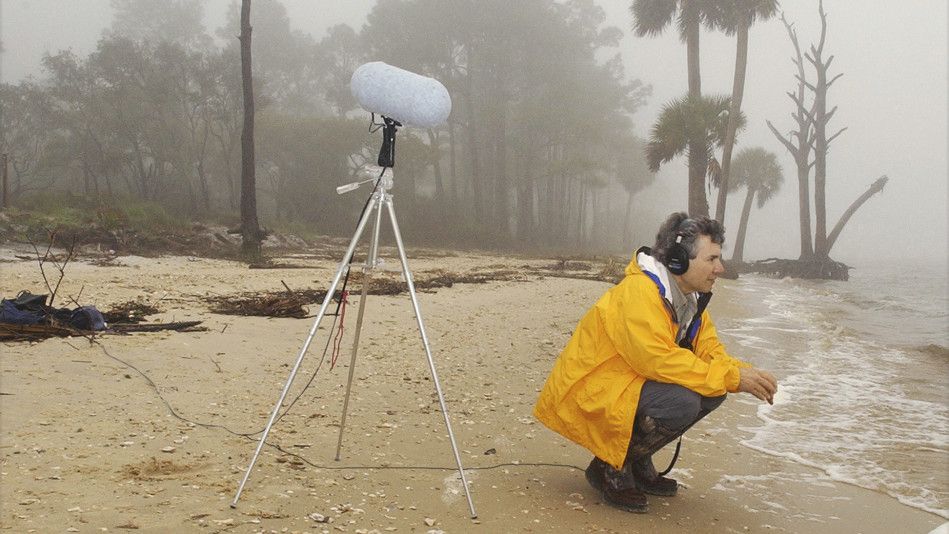Enjoying Outside, Inside: Listening to Nature

Wind rustling through a grove of aspens, waves washing gently over the sand, birds calling to each other from distant trees— the natural soundscape is not only calming, but also has significant benefits for health and wellbeing. If you listen closely, these sounds are present most places you go, whether out in the wild or in your own backyard. A recent study showed that listening to recordings taken at parks was linked to decreases in stress, annoyance, and pain, as well as improved mood and better performance on cognitive tests (Buxton, 2021). Of course, we don’t need scientific proof to experience the benefits of being in nature. If you’re reading this article, chances are you seek out the outdoors on a regular basis in some capacity. But even themost avid backcountry folk can overlook certain parts of the landscape, like the sounds it makes.
Soundscape ecology is a new field of study that has emerged, devoted to this topic. Soundscape ecology was founded by Bernie Krause, a pioneering electronic musician who produced the first album that incorporated natural soundscapes. He has spent decades recording the sounds of our wild places, creating an archive called Wild Sanctuary. According to Kraus, each wild habitat has an auditory signature, composed of the Geophony (non-biological sounds like wind, water, waves), Biophony (sounds generated by living things in a habitat), and Anthrophony (sounds created by humans). Organisms tend to make sounds in unique frequencies to differentiate themselves. Thus, the aural richness of an environment is an important measure of biodiversity. Tragically, many of the biophonies he has recorded are now silent.
All of this science points to one thing: we need to start listening to nature, both for our own health and the health of the planet. So, how do you start tuning into nature’s fantastic symphony? For starters, it’s important to let go of the human tendency towards restlessness. When we do spend time in nature, most of us are there to recreate- to hike, bike, swim, run, ride, or some other form of (often noisy) movement. While these are all wonderful and valuable activities, it is rare that we ever totally stop and remain still.
So, the next time you’re in a wild place, or in your own backyard, or near an open window, try to take a few moments to listen. Find a nice spot to sit, up against a tree or on a patch of grass. Make yourself comfortable and close your eyes, putting aside your to do list. Start by focusing on your breath, and then after a moment start to focus on the sounds around you. Instead of straining to hear them, let them come to you. You’ll start to notice the layers of the soundscape. The scutter in a treetop above you, the swish of wind blowing through the grass, the tap tap of beak on wood. You will become aware of things you can’t see, and this will help you become more familiar with the landscape. Practice listening closely, and you will become better at identifying these sounds, expanding your knowledge of the wild places around you.
You can also experience the sounds of nature inside, and bring this immersive experience of nature into your daily life. You’ve already added potted plants to your home or office, so why not nature sounds as well? Just opening a window can allow subtle natural sounds inside. While the human made noises are usually more obvious, the sounds of nature are there as well, at times. Tuning into these sounds can help to decompress, slow down, and recharge amidst the hectic day to day. To make it easier, nature soundscapes of all types can easily be found online to provide a backdrop to your indoor space. Here are just a few examples of what you can find on Spotify, YouTube, or dedicated websites.
-Eliana Thompson; ethompson@tuleyome.org
Tuleyome Engagement and Advocacy Associate
RECENT ARTICLES






